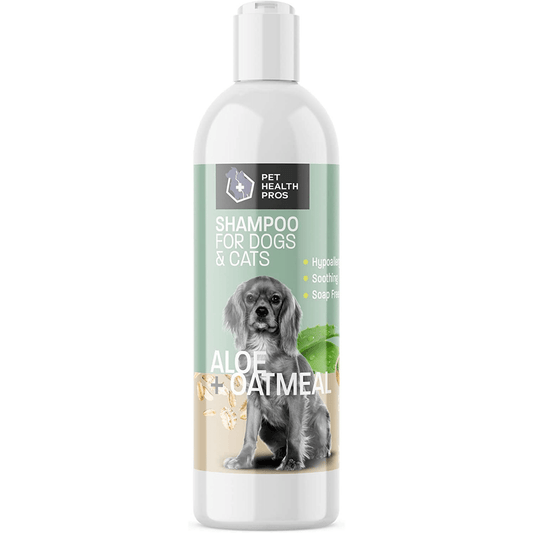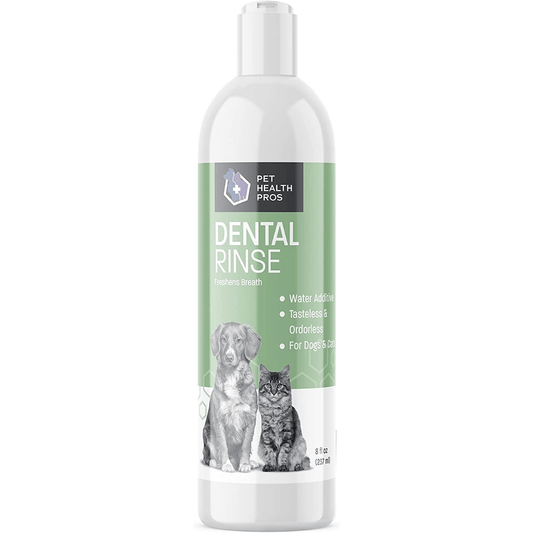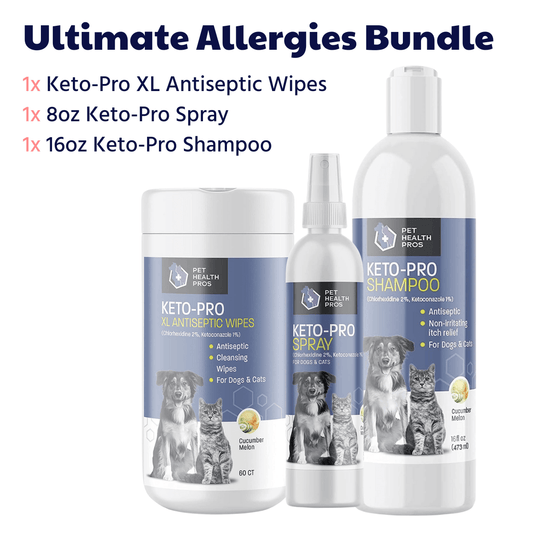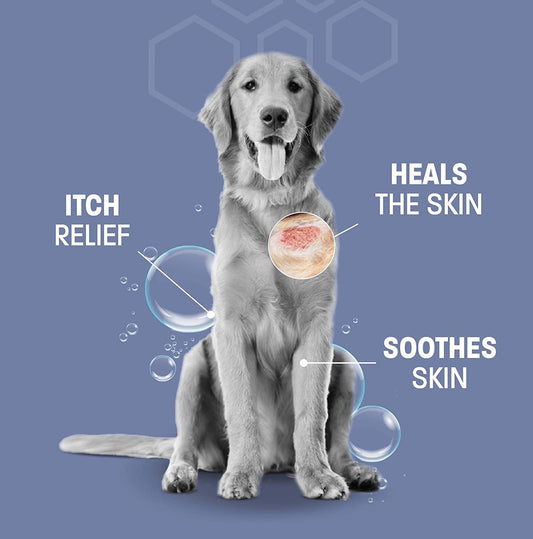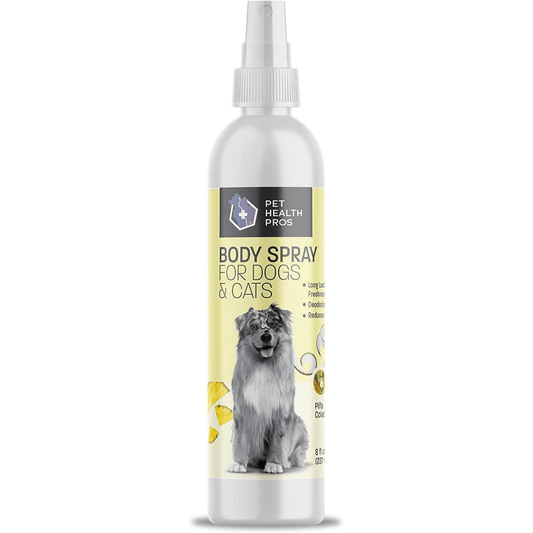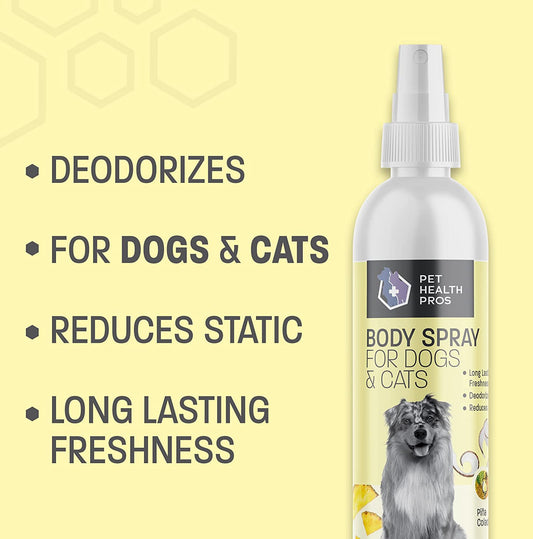Creating a homemade bitter spray for dogs can be a simple and effective way to deter them from chewing on furniture and other household items. This guide will walk you through the reasons for using such a spray, the ingredients needed, and how to apply it safely and effectively.
Key Takeaways
- Bitter sprays help discourage dogs from chewing unwanted items.
- Natural ingredients are safer and more effective than chemicals.
- Mixing the spray at home is easy and cost-effective.
- Regular application and monitoring are key for success.
- Training your dog can complement the use of bitter spray.
Understanding the Need for Bitter Spray
Why Dogs Chew on Household Items
Dogs often chew on household items for various reasons, including boredom, anxiety, or teething. Understanding why your dog engages in this behavior is crucial for addressing it effectively. Here are some common reasons:
- Boredom: Dogs need mental and physical stimulation. Without it, they may resort to chewing.
- Anxiety: Stressful situations can lead dogs to chew as a coping mechanism.
- Teething: Puppies, in particular, may chew to relieve discomfort from growing teeth.
The Benefits of Using Bitter Spray
Using a bitter spray can be an effective way to deter dogs from chewing on unwanted items. Bitter sprays are designed to make surfaces unappealing to dogs, helping to protect your belongings. Here are some benefits:
- Safe and Non-Toxic: Most homemade bitter sprays use natural ingredients that are safe for pets.
- Easy to Make: You can create your own spray with simple ingredients found at home.
- Cost-Effective: Making your own spray can save you money compared to store-bought options.
Common Ingredients in Bitter Sprays
Many bitter sprays contain ingredients that are unpleasant for dogs but safe for them. Here’s a quick overview of common ingredients:
| Ingredient | Purpose |
|---|---|
| Apple Cider Vinegar | Creates a sour taste |
| Lemon Juice | Adds a strong, citrus flavor |
| Bitter Apple Extract | Provides a bitter taste |
Bitter sprays can deter pets from chewing or licking surfaces. Understanding the need for bitter spray is essential for maintaining a harmonious home with your furry friend. By addressing the reasons behind chewing and using effective deterrents, you can protect your belongings while ensuring your dog's well-being.
Essential Ingredients for Homemade Bitter Spray
Natural Ingredients to Consider
When making your own bitter spray, it's important to choose natural ingredients that are safe for your dog. Here are some common options:
- Apple cider vinegar: Known for its strong taste and smell, it can deter chewing.
- Citrus juice: Dogs often dislike the scent of citrus, making it a good choice.
- Bitter herbs: Such as bitter orange or wormwood, which can add a strong flavor.
Avoiding Harmful Chemicals
Safety is key when creating a homemade spray. Avoid using:
- Alcohol: Can be harmful to pets.
- Essential oils: Some can be toxic to dogs, like tea tree oil.
- Synthetic chemicals: Always opt for natural alternatives to ensure your dog's safety.
Sourcing Ingredients Safely
To ensure the quality of your ingredients, consider the following:
- Buy organic: This reduces the risk of pesticides.
- Check labels: Make sure there are no harmful additives.
- Local sources: Support local farmers or markets for fresh ingredients.
Always prioritize your dog's health when selecting ingredients for homemade remedies.
Step-by-Step Guide to Making Bitter Spray
Gathering Your Supplies
To create your own bitter spray, you will need a few basic supplies. Here’s a quick list:
- Spray bottle (preferably dark-colored to protect the mixture)
- Water
- Bittering agent (like apple cider vinegar or lemon juice)
Mixing the Ingredients
Once you have your supplies, it’s time to mix the ingredients. Follow these steps:
- Start with one part of your chosen bittering agent.
- Add five parts of water to dilute it.
- Shake the bottle well to ensure everything is mixed thoroughly.
Tip: Always test the spray on a small, hidden area of the material to ensure it doesn’t cause any damage.
Proper Storage Techniques
After mixing your bitter spray, proper storage is essential to maintain its effectiveness. Here are some tips:
- Store the spray in a cool, dark place.
- Keep it out of reach of pets and children.
- Label the bottle clearly to avoid any confusion.
Making your own bitter spray is a simple and cost-effective way to deter your dog from chewing on unwanted items. With just a few ingredients, you can create a solution that helps protect your belongings while keeping your pet safe.
Applying Bitter Spray Effectively
Testing the Spray on Different Surfaces
Before applying your homemade bitter spray, it’s important to test it on a small, hidden area of the surface you plan to treat. This ensures that the spray won’t cause any damage or discoloration. Here are some surfaces to consider:
- Wood: Test on a small patch to avoid any stains.
- Fabric: Check for any adverse reactions.
- Plastic: Ensure it doesn’t warp or discolor.
Frequency of Application
To achieve the best results, apply the bitter spray regularly. Here’s a simple schedule to follow:
- Initial Application: Spray the area where your dog tends to chew.
- Reapply: Every 1-2 days for the first week.
- Maintenance: Once a week after the initial period.
Monitoring Your Dog's Reaction
Keep an eye on how your dog responds to the bitter spray. If they seem to avoid the area, that’s a good sign! However, if they continue to chew, consider adjusting the formula. Here are some signs to watch for:
- Avoidance: Your dog steers clear of the sprayed area.
- Discomfort: Signs of irritation or distress.
- Continued Chewing: If they persist, it may be time to consult a vet.
Remember, consistency is key! Regular application and monitoring will help reinforce the behavior you want to encourage in your dog.
By following these steps, you can effectively use your homemade bitter spray to deter unwanted chewing behaviors in your dog. Using the right techniques will make a significant difference in your success.
Safety Tips and Precautions
Ensuring the Spray is Safe for Pets
When making homemade bitter spray, always prioritize your pet's safety. Use ingredients that are known to be non-toxic and safe for dogs. Here are some tips to ensure safety:
- Research each ingredient thoroughly.
- Avoid using any substances that are known to be harmful to pets.
- Consult with a veterinarian if unsure about any ingredient.
Avoiding Contact with Eyes and Skin
It's crucial to keep the spray away from your dog's eyes and skin. If the spray accidentally gets into their eyes, rinse immediately with water. To prevent this:
- Apply the spray in a well-ventilated area.
- Use a spray bottle with a fine mist to control the application.
- Always supervise your dog after applying the spray.
What to Do in Case of an Allergic Reaction
In rare cases, dogs may have an allergic reaction to the spray. Be prepared to act quickly. Here’s what to do:
- Identify the symptoms: itching, swelling, or redness.
- Wash the affected area with mild soap and water.
- Contact your veterinarian for further advice.
Always keep your homemade bitter spray out of reach of pets and children to prevent accidental ingestion or misuse.
By following these safety tips, you can help ensure that your homemade bitter spray is effective and safe for your furry friend. Remember, the goal is to protect your belongings while keeping your pet healthy and happy!
Troubleshooting Common Issues
When the Spray Doesn't Deter Chewing
If your homemade bitter spray isn't working as expected, consider the following:
- Check the concentration: Sometimes, the mixture may not be strong enough. You might need to increase the amount of bitter ingredient.
- Reapply frequently: Dogs may become accustomed to the taste over time. Regular reapplication can help maintain its effectiveness.
- Test different surfaces: Some materials may absorb the spray differently, reducing its effectiveness.
Adjusting the Formula for Better Results
If your dog seems unfazed by the spray, try these adjustments:
- Change the ingredients: Experiment with different natural ingredients like apple cider vinegar or citrus.
- Increase the bitterness: Adding more of the bitter component can enhance the deterrent effect.
- Mix in a scent: Sometimes, a strong scent can help mask the taste, making it less appealing to your dog.
Consulting a Veterinarian for Persistent Problems
If your dog continues to chew despite your efforts, it may be time to seek professional advice. A veterinarian can help you:
- Identify any underlying behavioral issues.
- Suggest alternative solutions or products.
- Provide guidance on training techniques to discourage chewing.
Remember, patience is key when training your dog. It may take time for them to learn what is acceptable to chew on and what is not.
By addressing these common issues, you can improve the effectiveness of your homemade bitter spray and help protect your belongings from your dog's chewing habits.
Highlight: This article explores homemade no-chew spray recipes as cost-effective and natural alternatives to commercial products.
Alternatives to Bitter Spray
When it comes to preventing dogs from chewing on household items, there are several effective alternatives to using bitter spray. Training your dog is one of the most effective methods to curb unwanted chewing behavior. Here are some alternatives to consider:
Training Techniques to Prevent Chewing
- Positive Reinforcement: Reward your dog with treats or praise when they chew on appropriate items.
- Redirecting Attention: Provide your dog with plenty of toys to chew on, and redirect them when they start chewing on furniture.
- Consistent Commands: Use commands like "leave it" or "no" to discourage chewing on forbidden items.
Using Store-Bought Solutions
- Commercial Chew Deterrents: There are various products available that are designed to deter chewing without the need for homemade solutions.
- Bitter Apple Spray: A popular choice among pet owners, this spray can be found in pet stores and is specifically formulated to deter chewing.
- Training Collars: Some collars can help with training by providing a gentle correction when the dog chews on inappropriate items.
Exploring Other Homemade Remedies
- Vinegar and Water Solution: A mixture of vinegar and water can be sprayed on furniture to deter chewing due to its strong smell.
- Citrus Spray: Dogs often dislike citrus scents, so a citrus-based spray can be effective.
- Essential Oils: Certain essential oils, when diluted properly, can be used to create a natural deterrent.
Remember, addressing the root of the problem is crucial. Combining no chew spray with behavioral solutions can lead to lasting results.
By exploring these alternatives, you can find the best approach to keep your dog from chewing on things they shouldn't, ensuring a happy and safe environment for both you and your pet.
If you're looking for other options besides bitter spray, there are plenty of alternatives that can help keep your pets from chewing on things they shouldn't. Consider using natural deterrents like citrus scents or vinegar, which many pets dislike. You can also try training techniques to redirect their behavior. For more tips and products to help your furry friends, visit our website today!
Final Thoughts on Homemade Bitter Spray for Dogs
Creating your own bitter spray for dogs is a straightforward and effective way to keep your furry friend from chewing on things they shouldn't. By using simple ingredients, you can make a safe and natural deterrent that helps protect your belongings and teaches your dog what is off-limits. Remember to test the spray on a small area first and observe your dog's reaction. With a little patience and consistency, you can help your dog learn to avoid unwanted chewing, making your home a happier place for both of you.
Frequently Asked Questions
What is bitter spray for dogs?
Bitter spray is a special liquid that tastes bad to dogs. It's used to stop them from chewing on things they shouldn't, like furniture or shoes.
Is homemade bitter spray safe for my dog?
Yes, homemade bitter spray can be safe if you use natural ingredients. Make sure to avoid any harmful substances.
How often should I apply the bitter spray?
You should apply the bitter spray regularly, especially after cleaning the area. This helps to remind your dog not to chew.
Can I use bitter spray on all surfaces?
Not all surfaces are safe for bitter spray. Always test a small area first to make sure it won't damage the material.
What should I do if my dog has a bad reaction to the spray?
If your dog has an allergic reaction or seems unwell, wash the area with water and contact your vet right away.
Are there other ways to stop my dog from chewing?
Yes, you can train your dog to stop chewing or use other products available in stores. Some dogs respond well to training techniques.


